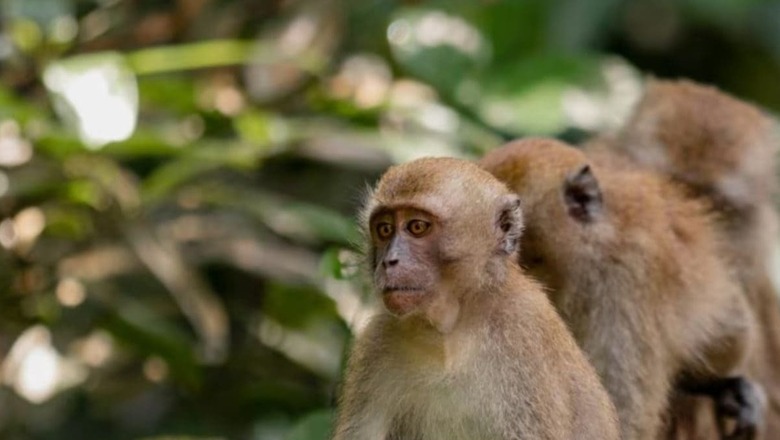
views
Marmosets may communicate more sophisticatedly than believed. Like humans, the monkeys identify other monkeys using whistle-like cries, or “phee calls”. They now stand as the first known non-human primates to exhibit this behaviour. Researchers noticed that marmosets respond differently to each other and to recordings of their chattering exchanges. They discovered that the animals use different vocalisations to address and interact. The recordings were made of pairs of marmosets in a confined colony.
The Hebrew University of Jerusalem researchers published their findings in Science on August 29. Dr. David Omer of the Safra Centre for Brain Sciences (ELSC) said, “This discovery highlights the complexity of social communication among marmosets.”
Omer and his associates examined how the monkeys’ brain maps their social networks by different voices. In the lab, scientists captured ‘phee call’ conversations between marmoset pairs isolated by a screen.
Ten marmosets from three separate families were partnered together and they then employed artificial intelligence to classify over fifty thousand sounds into distinct groups based on minor acoustic variations.
They reviewed the responses of three of those marmosets.
When one monkey heard a call, they could recognise it and react accordingly.
The discovery expands on previous findings about marmoset communication, such as that young marmosets pick up the ability to “talk” by imitating their parents, sharing their ideas while conversing, and even listening in on their neighbours’ talks.
Given that it is easier for group members to be heard than seen in jungles, the monkeys could have developed this technique to keep in contact.
The researchers also found that marmosets within family groupings seemed to refer to members of the same family group by the same labels, even if they were not biological relatives. This implies that they speak in a dialect and pick up the vocal labels from other group members.
The study might also reflect on the evolution of human speech and social interactions, as language-related brain regions may have developed similarly in marmosets and humans.




















Comments
0 comment